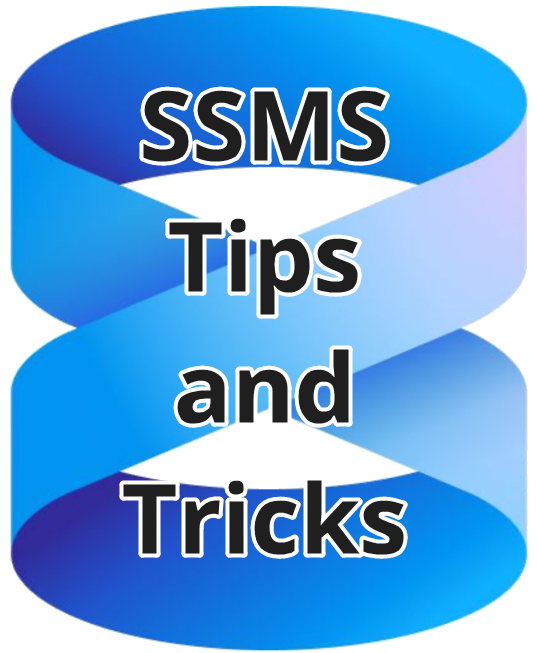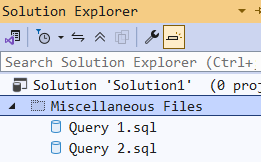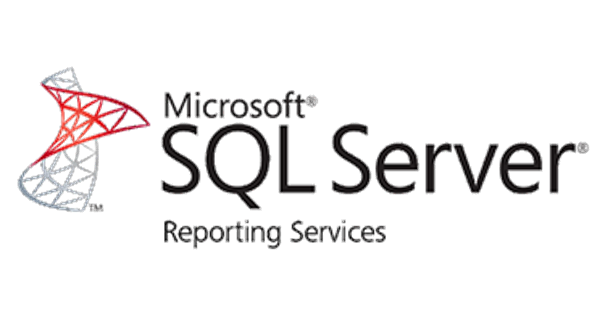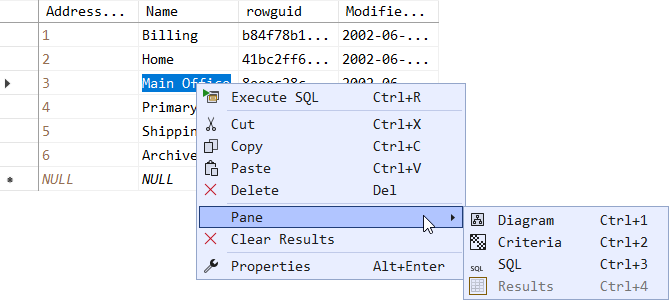
SQL Interview: 96 Can an IDENTITY column contain duplicate values?
This is a post in the SQL Interview series. These aren’t trick or gotcha questions, they’re just questions designed to scope out a candidate’s knowledge around SQL Server and Azure SQL Database.
Section: Development Level: Medium
Question:
You have created a table named dbo.Customers. The column CustomerID has been declared as
INT NOT NULL IDENTITY(1, 1)
No contraints are defined on the table.
Can the CustomerID contain a duplicate value? If so, how?
Answer:
2025-12-15








